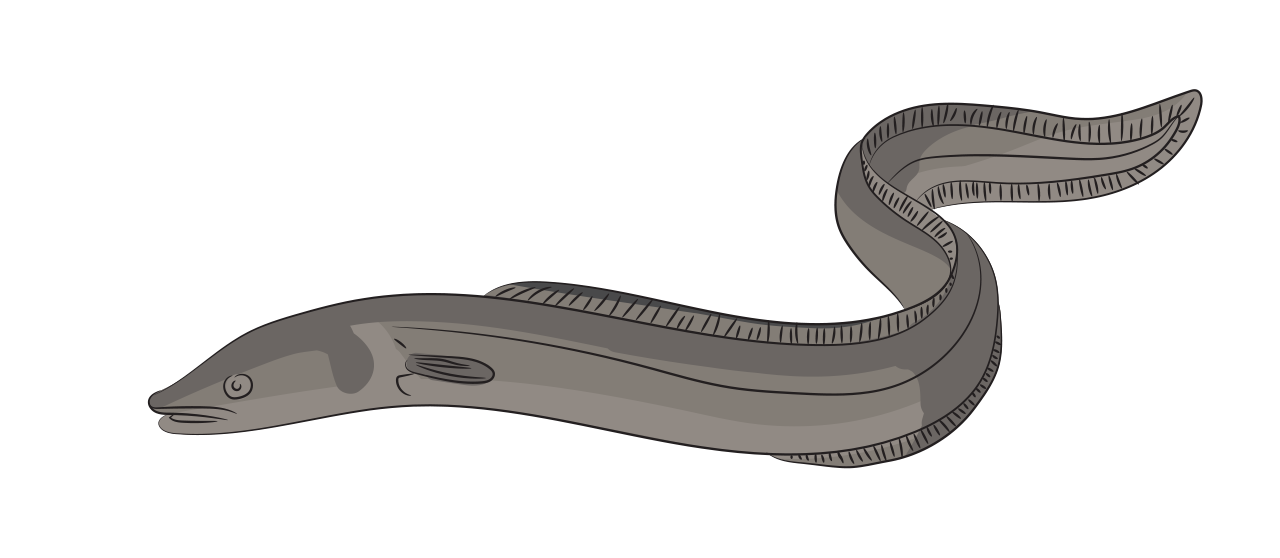Conger Eel | Fish Species Guide | Angling Direct

Conger Eel
aka Conger conger
Not to be confused with the common eel or the moray eel, the conger resembles a scaleless snake, has a rounded snout, wide protruding eyes and sharp teeth. Found mostly on the South-Western coasts of the UK and Europe, conger eels will live in the depths of the water amongst crevices on rocky or sandy bottoms and in wrecks. Congers are usually dark grey, bluish or green in colour, with a white or pale golden coloured belly but can be a light brown in deeper waters. They grow to roughly 2m long,
European congers are the biggest and most dangerous eels among this species as they have actually posed a danger to humans through attacking and biting deep-sea divers due to their predatory behaviour.
Stats
Status
Habitat
In rocks and wrecks deep in the seabed, or seaweed covered rockpools.
Bait
Crabs, worms, crustaceans, strips of fresh fish & dead fish.
Native or Invasive
Native
Where
Coastal waters around the UK and Ireland, waters around the European mainland and in the Mediterranean and Black Seas.
 Catch Experience
Catch Experience
Video
Blog Highlight
Guide to Beach Fishing; Seasons & Tides
Fishing the UK waters from beach or boat is very different to coarse and carp fishing, the environment itself provides several challenges. When sea fishing it is important to consider seasons and tides, the time of year and position of the tide will...
Read More